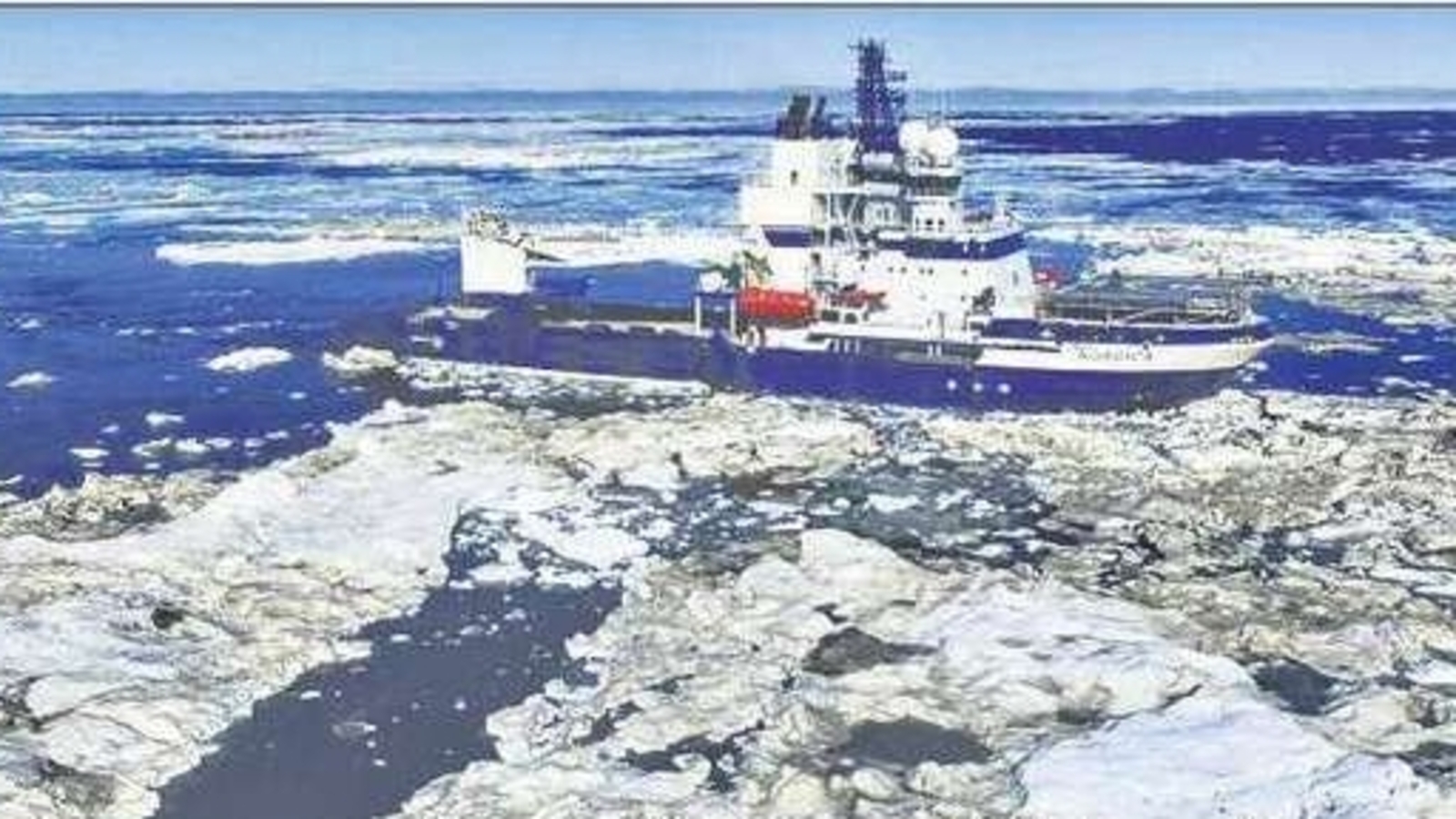State of the Global Climate 2024 Report

- 21 Mar 2025
In News:
The World Meteorological Organization (WMO) released its State of the Global Climate 2024 Report at COP29 (Baku), warning that global warming is dangerously close to breaching the 1.5°C threshold set by the Paris Agreement.
About WMO
- Type: UN Specialized Agency
- Established: 1950
- Headquarters: Geneva, Switzerland
- Membership: 193 (187 Member States + 6 Territories)
- Mandate: Meteorology, operational hydrology, and geophysical sciences.
- Reports Released:
- State of the Global Climate Report
- Greenhouse Gas Bulletin
- Global Water Resources Report
- State of Climate Services Report
- United in Science Report
Key Findings – State of Global Climate 2024
Global Temperature Rise
- Current warming: 1.34°C–1.41°C above pre-industrial levels.
- 19 of the last 20 months crossed the 1.5°C threshold temporarily.
- 2024: Warmest year in the 175-year observational record.
- Projected crossing of the 1.5°C threshold: by September 2029.
Greenhouse Gases (2023)
- CO?: 420 ppm – 151% of pre-industrial levels (highest in 800,000 years)
- CH? (Methane): 1923 ppb – 266% of pre-industrial levels
- N?O (Nitrous Oxide): 335.8 ppb – 124% of pre-industrial levels
Ocean & Cryosphere
- Ocean Heat Content: Highest in 65 years – oceans absorb 90% of global heat
- Sea Level Rise:
- 1993–2002: 2.1 mm/year
- 2015–2024: 4.7 mm/year (rate doubled)
- Glacier Melt:
- 2022–2024: Largest 3-year negative mass balance on record
- Severe loss in Norway, Sweden, Svalbard, and Andes
- Arctic Sea Ice: Record lows for 18 consecutive years
- Antarctic Sea Ice: 2nd-lowest extent ever
- Ocean Acidification:
- Surface pH falling fastest in Indian Ocean, Southern Ocean, and Pacific
- Effects irreversible for centuries
Extreme Weather Events & Displacement
- 2024: Record-high displacements from climate disasters
- Cyclones, floods, and droughts worsened food and humanitarian crises
- Worst-hit regions: East Asia, Southeast Europe, West Asia, Mediterranean
Reasons Behind These Trends
- GHG Emissions: Fossil fuel combustion, industrial emissions, agriculture, and deforestation.
- El Niño Effect: Warm Pacific currents intensified 2024’s global heat.
- Urban Heat Islands: Dense cities retain heat, increasing local warming.
- Ocean Absorption: Excess atmospheric CO? and heat absorbed by oceans.
Global Climate Governance
- UNFCCC (1992): Multilateral treaty for climate action.
- Paris Agreement (2015):
- Goal: Limit warming to below 2°C, aim for 1.5°C.
- Nationally Determined Contributions (NDCs)
- $100 billion/year climate finance pledge
- Global Methane Pledge (2021): Cut methane emissions by 30% by 2030.
- Global Ocean Treaty (2023): Protect 30% of oceans by 2030.
- UN Decade on Ecosystem Restoration (2021–2030): Forest and marine recovery.
- IPCC: UN scientific body for climate assessments (doesn’t conduct research).
India’s Climate Initiatives
Targets & Strategies
- Net Zero by 2070 (COP26)
- LT-LEDS (2022): Long-term low emissions strategy
- Updated NDC (2022):
- Reduce GDP emissions intensity by 45% by 2030 (vs. 2005)
- 50% electricity capacity from non-fossil sources by 2030
Renewable Energy & Alliances
- International Solar Alliance (ISA):
- Launched with France in 2015 (COP21)
- Aim: Mobilize $1 trillion in solar investments by 2030
Afforestation & Ecosystem Protection
- Green Credit Program (2023) – incentivizes afforestation
- Ek Ped MaaKe Naam (2024) – tree plantation campaign
- NAP, CAMPA, Forest Act 1980 – promote forest restoration
- MISHTI (2023) – Mangrove restoration (?12.55 cr in 2024–25)
Behavioral Change
- LiFE (Lifestyle for Environment) – promotes sustainable consumption
Challenges to Climate Action
Sector Key Challenges
Energy High coal dependence (>50%), renewable intermittency, grid gaps, foreign tech reliance
Urbanization Rising energy/waste demand, land use conflicts
Industry Hard-to-abate emissions in cement, steel, transport
Agriculture Fossil fuel inputs, livestock methane, fertilizer N?O
Finance Climate finance disparities; India criticized COP29’s $300 bn/year goal as insufficient
Equity Developed nations emit more, but developing nations suffer more
Greenwashing Misleading climate claims by corporates/governments
